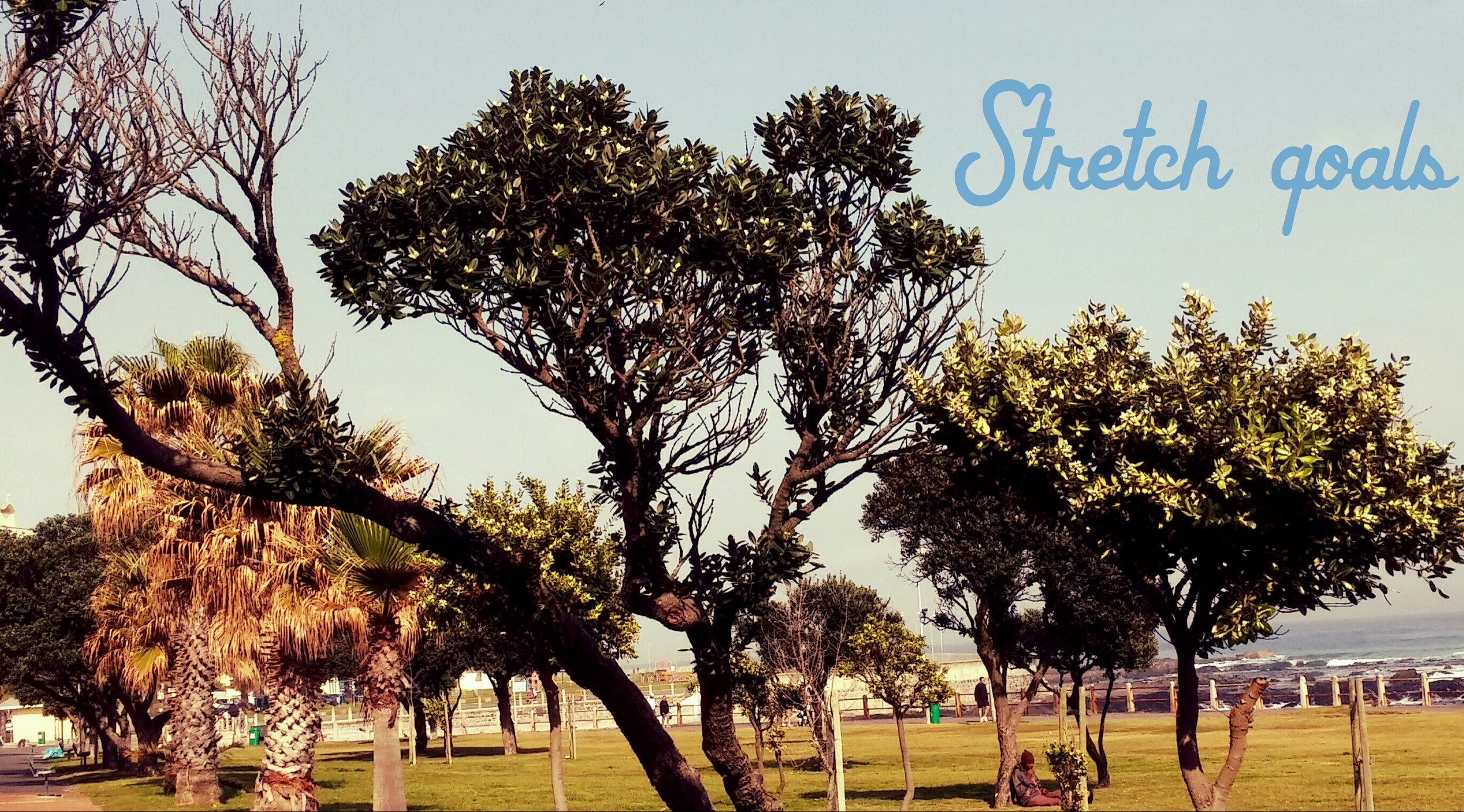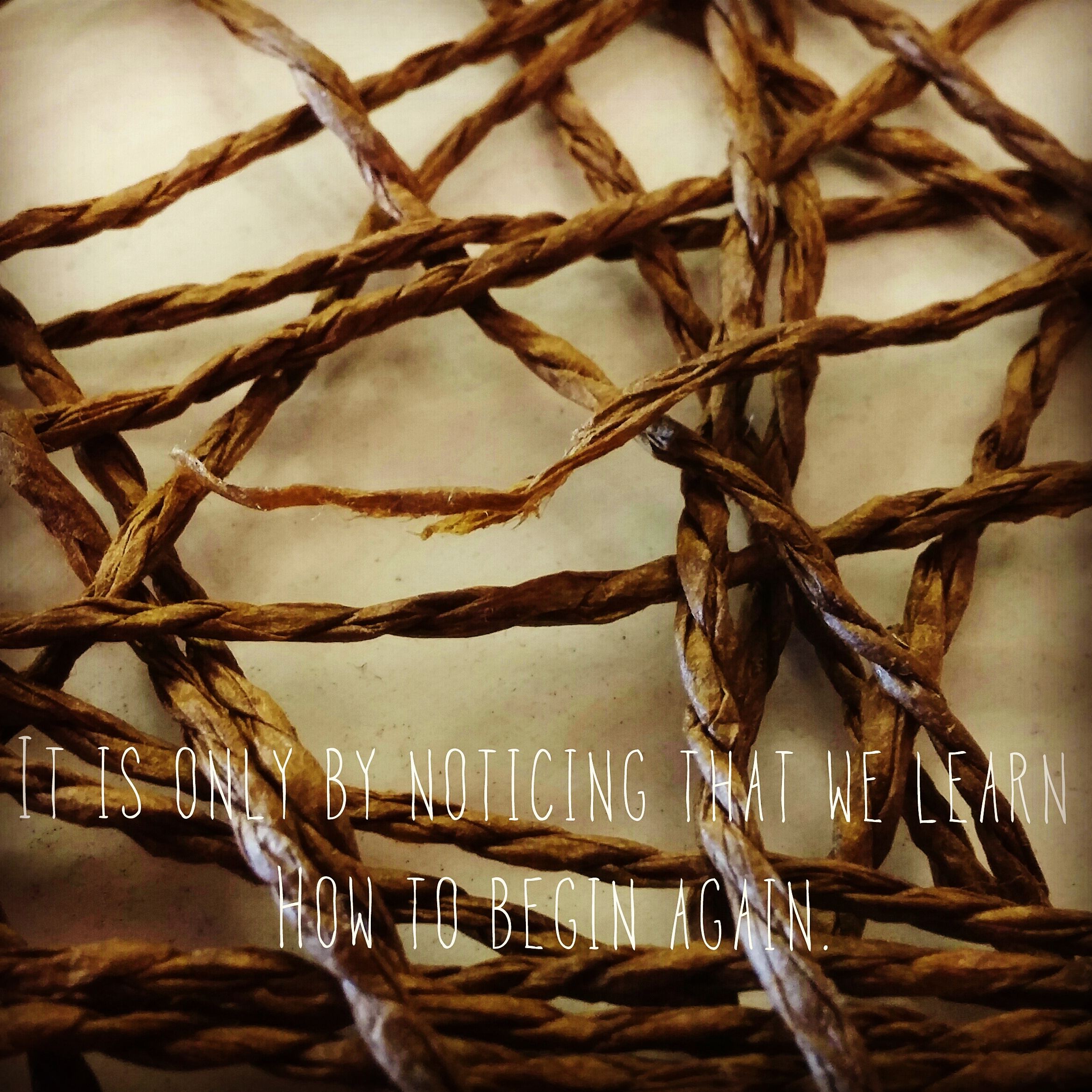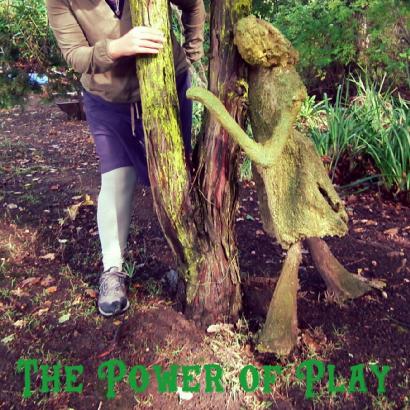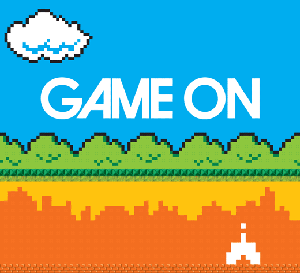Leading with PACE: Better Business Impact without the Burnout
 With news that South Africa faces a real slowdown in terms of economic growth for 2014 and forecast for even greater downward trends in 2015, the questions become, "How does one do more with less? How does one run a business which can create a better business impact without increasing the burnout of one's employees and one's self?"
There is a new model for leadership which addresses these things. It is called PACE based leadership. Its philosophical underpinnings are grounded in four new leadership practices which take into account the need to create greater traction with less resources. Leading with PACE focuses on Play, Agility, Curiosity and Energy to achieve this.
With news that South Africa faces a real slowdown in terms of economic growth for 2014 and forecast for even greater downward trends in 2015, the questions become, "How does one do more with less? How does one run a business which can create a better business impact without increasing the burnout of one's employees and one's self?"
There is a new model for leadership which addresses these things. It is called PACE based leadership. Its philosophical underpinnings are grounded in four new leadership practices which take into account the need to create greater traction with less resources. Leading with PACE focuses on Play, Agility, Curiosity and Energy to achieve this.
 When leaders adopt a playful mindset to the work which needs to get done, they become more comfortable in a world where boundaries aren't clearly defined and the landscape changes at a rate which is difficult to predict. It is not so much about building play activities into one's job. It is more about reminding oneself that when one is playful, we bring a sense of the present, of being mindful in the moment and a sense of focus to the work we are engaged in.
When leaders adopt a playful mindset to the work which needs to get done, they become more comfortable in a world where boundaries aren't clearly defined and the landscape changes at a rate which is difficult to predict. It is not so much about building play activities into one's job. It is more about reminding oneself that when one is playful, we bring a sense of the present, of being mindful in the moment and a sense of focus to the work we are engaged in.
There has always been a misguided comfort in the belief that the Business of Business is Business. Unfortunately this kind of thinking leaves one open to the very real danger of Overseriousness where work no longer feels like an adventure, where we start feeling cynical about the processes we are engaged in, disconnected from our colleagues, fueled with fatigue at what lies ahead and scared of taking risks and innovating beyond the known.
For Lego, the largest toy company in the world, when we adapt a playful approach, when we remember the joy of seeing work as play, as the place where we don't know the outcome of our endeavour, our attitudes change; we become more courageous and realigned to the work we do.
 Agility, the second part of the Pace based leadership model reminds us that being comfortable with changing course mid-direction is an important leadership quality to be able to call on. Apple is notorious for driving its professionals crazy for their constant mid directional changes. They are however changes which have built it into the most admired company, according to Forbes, in the world. Agile leaders are able to better mitigate their risks and hear the footsteps of the future approaching. Being agile, like being playful, is never just about one decision. It is an approach to leading.
Agility, the second part of the Pace based leadership model reminds us that being comfortable with changing course mid-direction is an important leadership quality to be able to call on. Apple is notorious for driving its professionals crazy for their constant mid directional changes. They are however changes which have built it into the most admired company, according to Forbes, in the world. Agile leaders are able to better mitigate their risks and hear the footsteps of the future approaching. Being agile, like being playful, is never just about one decision. It is an approach to leading.
Curiosity, the third piece to the PACE model of leadership, is an enabler of agile and playful practices. When we are curious, we notice other opportunities, we let go of our assumptions and make better commercial decisions; curious leaders are more able to rid themselves of dogma, prejudice and judgement. Being able to notice helps us to unlearn, to begin again in the middle, if need be.
 When we lead with PACE, we lead at a rate that feels resonant for each and every one of us. It requires that we change our mindset from focusing on the time we have available to the energy required to complete the task at hand.
When we lead with PACE, we lead at a rate that feels resonant for each and every one of us. It requires that we change our mindset from focusing on the time we have available to the energy required to complete the task at hand.
Leading with PACE gives us the tools to reframe our thinking, engage and connect meaningfully with others and avoid the burnout so often associated with trying to match the speed of the environment we are operating in. It provides counter tools to the traditional methods of control and command and enables leaders to reshape their leadership challenges with energy, ease and insight.
 Elaine Rumboll has developed a one day masterclass on Leading with PACE. The programme has been designed for organisations looking to generate a more meaningful impact through less resources, and to gain more traction through a more fulfilling way of leading and doing. For a detailed description of what the masterclass entails, download the pdf here.
Elaine Rumboll has developed a one day masterclass on Leading with PACE. The programme has been designed for organisations looking to generate a more meaningful impact through less resources, and to gain more traction through a more fulfilling way of leading and doing. For a detailed description of what the masterclass entails, download the pdf here.
The Dangers of Overseriousness
 It is ironic that we are hard wired to include the word 'fear' when we speak of Uncertainty - the fear of the unknown, fear of failure, fear of judgement. However if we look at artistic and entrepreneurial practice, all efforts at innovation, creativity and engagement come from a place of NOT knowing what the outcome will be. It is in this place of not knowing that we create, connect and innovate. It seems that it is the nature of creativity to come from a place of uncertainty.
History is peppered with stories of people who started off believing they were inventing one thing and ended up inventing another. It is precisely this uncertainty which is at the heart of innovation which allows for something different to emerge when we trust the process and allow it to unfold into what can be.
It is ironic that we are hard wired to include the word 'fear' when we speak of Uncertainty - the fear of the unknown, fear of failure, fear of judgement. However if we look at artistic and entrepreneurial practice, all efforts at innovation, creativity and engagement come from a place of NOT knowing what the outcome will be. It is in this place of not knowing that we create, connect and innovate. It seems that it is the nature of creativity to come from a place of uncertainty.
History is peppered with stories of people who started off believing they were inventing one thing and ended up inventing another. It is precisely this uncertainty which is at the heart of innovation which allows for something different to emerge when we trust the process and allow it to unfold into what can be.
There is however another place where uncertainty is inherent in the system but does not bring with it the accompanying feeling of fear. That is in the place of Play. When we play, we have no idea of what the outcome will be. Play is always accompanied by uncertainty, not knowing what the end result will look like. However Play is also fun. It is an immersive experience of flow, of being energised in the moment and losing oneself in the joy of an experience. When we try to control the outcome of an experience, we go out of Play and into a place of performance anxiety.
There is a direct relationship between playing well and leading well in business today. Both have uncertainty as systemic in their systems. We no longer operate in environments where we can clearly delineate the boundaries of our operations, our competitors often come from disparate industries. If one attempts to lead in this environment with an 'overseriousness', the consequences are dire. We run the risk of creating stifling environments because people become scared to immerse themselves in the uncertainty and just stick to the well traveled path. By not equating work with a place of fun, of emergence we run the risk of getting stuck in systems that are mediocre, we run the risk of increasing bureaucracies. When you replace overseriousness with the spirit of play, it does not mean that you are not accountable for results: scores are part of the game.
At work, we want fully engaged teams that understand their roles in the state of play, where we don't assume fixed odds. No game is ever predictable so why do we treat our businesses as if they are?
We talk so much about teams, rewards, awards, competition in the jargon of business but the direct concept of Play even in its structured form is considered anathema to the 'serious business' of business. Consider a game like football, where all the players are expected to be in top form, but yet the outcome of each game is unpredictable. It wouldn't be exciting if people couldn't be trusted to improvise and take the risks necessary to achieve extraordinary outcomes.
What could Leadership look like if we treated it as a state of Play?
A playful leader energises other by bringing with them a sense of infectious fun, challenge, and the possibility of glorious achievement. The team’s flow and sense of involvement is more important than any individual act. The spirit of the game is all important - it is here where both the rules of the games and the relationships in the game matter.
Improvisation would be encouraged. We would allow for stellar acts of personal achievement - which we would reward and celebrate. Camaraderie and the spirit of fair play would be emphasised over the achievement of results at all costs. Here opportunities for people to connect matter . For one cannot play well together unless you connect well together. It is no small irony that the first thing to go when budgets are tight are the social activities. However, these are not indulgences, or frivolities but critical to the heart of play and possibility.
In Play we see other options. Sometimes playing through our most difficult challenges allows us to see other solutions as I so often see in the Lego Serious Play coaching I do. So if you want to avoid the dangers of overseriousness, which brings with it disengagement, mediocrity as a result of fear of failing, and bloated bureaucracies, embrace Play as a powerful leadership tool.
Play as a Design Tool for Leadership Development
 It has been shown in Australian business that only 58% goes on work that adds “real value” to organisations, with the inefficiencies costing business $109 billion in wages every year.
The figures are, I have no doubt, similar in South Africa. In fact, according to the World Competitiveness Yearbook (2012), South Africa is rated 50 amongst 59 countries. When more than half of our time is spent on solving the wrong problem, surely it is time to try a different methodology?
It has been shown in Australian business that only 58% goes on work that adds “real value” to organisations, with the inefficiencies costing business $109 billion in wages every year.
The figures are, I have no doubt, similar in South Africa. In fact, according to the World Competitiveness Yearbook (2012), South Africa is rated 50 amongst 59 countries. When more than half of our time is spent on solving the wrong problem, surely it is time to try a different methodology?
It is frequently the case that in instructional design, a ‘red thread’ or programme director is used as the touchstone of meaning making in an organisational or leadership development process. Although this a fair way to increase the sensemaking and to develop the emergent outcomes (outcomes that only begin to appear once processes and conversations have begun), it is not enough to ensure we are focusing on the right problems.
I am currently in the middle of a MOOC on Creative Learning being run by MIT and there is an insight which I want to share. Mitchel Resnick argues that the pattern of learning in Kindergarten children are ideally suited to the needs of the 21st century.
The process that he has observed in children when they learn involves six moments: 1) Imagine 2) Create 3) Play 4) Share 5) Reflect 6) Imagine (again)
With my interest in Curiosity as a critical leadership development tool and the knowledge that we often focus on the wrong problems, I decided to experiment with his insights and used this process as a basis for the design of a one day Leadership Masterclass on Agility. I have just run it in Melbourne, Australia. Here is an example of one of the sessions in the day using Play as a design tool, matching exercises I would otherwise have run in a different order now in the structure of Play:
Imagine: X BELIEVES THE WORLD WOULD BE A BETTER PLACE IF... Create: CHOOSING THE RIGHT PROBLEM TO WORK ON Play: SPEEDBOAT CHALLENGE Share: POWERFUL QUESTIONS Reflect: CHOOSE ONE TO WORK ON AND WHY Imagine: IF YOU COULD CHANGE YOUR LIMITING BELIEFS WHAT WOULD BE DIFFERENT - WALKING THINKING PARTNERSHIP
What felt different from this workshop to any other I had run was the investment by the participants and the amount of laughter it generated. Kindergarten kids laugh 250 times a day. Middle aged people laugh 15 times a day. We spend so much time trying to do everything and doing it faster and not enough time laughing, reflecting, enjoying, and focusing on the important. However, it was not only laughter it generated. Using Play as the basis for a structure really helped us get to the nub of some of the complex issues in a way which did not feel fearful. Instead it generated a depth and a focus for tackling serious problems that felt had ease and congruence.
From the experience of using Play as a design tool, it is my contention that PLAY has a profoundly important role to play when it comes to identifying, tackling and solving 21st Century problems in the world of Business, Government and Education.


